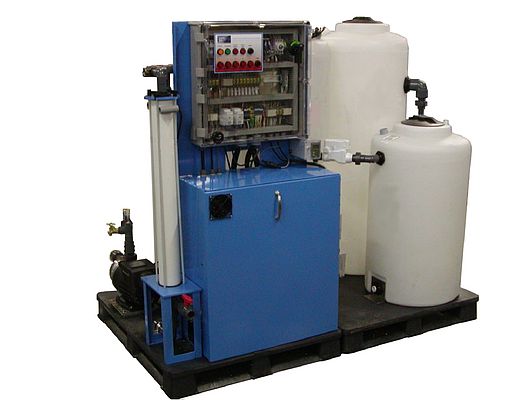Water Treatment is a field of expertise that is rapidly growing through sustainability and green technology for treatment of wash water and waste water. Electrocoagulation is a green technology that uses a very low voltage DC electrical charge to clean the water. It uses a proprietary treatment chamber where the DC current is applied to treat a wide range of differing waste streams containing heavy metals, oil & grease, TSS and more. Not only are heavy metals and other difficult toxins removed from the water, but they are also oxidized and generally will pass a TCLP test. Electrocoagulation can be used to treat municipal, industrial, commercial waste water (e.g. storm water, equipment wash water, marine wash water, metals removal…etc.). The contaminated water is given a small electrical charge in the ElectroCell. The reaction is immediate, separating the contaminants from the water. This removes contaminants that other water treatment options (filtration, bioremediation and chemical treatment…etc.) are unsuccessful in treating. The system can process from 20 to 1500 liters per minute and is typically of quality that can be recycled or discharged to a sewer and in some cases discharged to surface water also; average treatment cost is about €0.00 per gallon making the ElectroPulse an economical solution. The OilTrap ElectroPulse is 100% automated by a PLC (Programmable Logic Controller). The PLC manages all system processes, monitors operation and errors and provides direct communication to the factory which significantly reduces operator interface. OilTrap is constantly designing water treatment solutions to keep customers in environmental compliance and meeting their treatment objectivesas well as offering customized and modular for accommodating floor space. Edited by Constanze Schmitz
Waste water treatment system
uses electrocoagulation technology
- by OilTrap Environmental Inc.
- December 14, 2010
- 5074 views

















